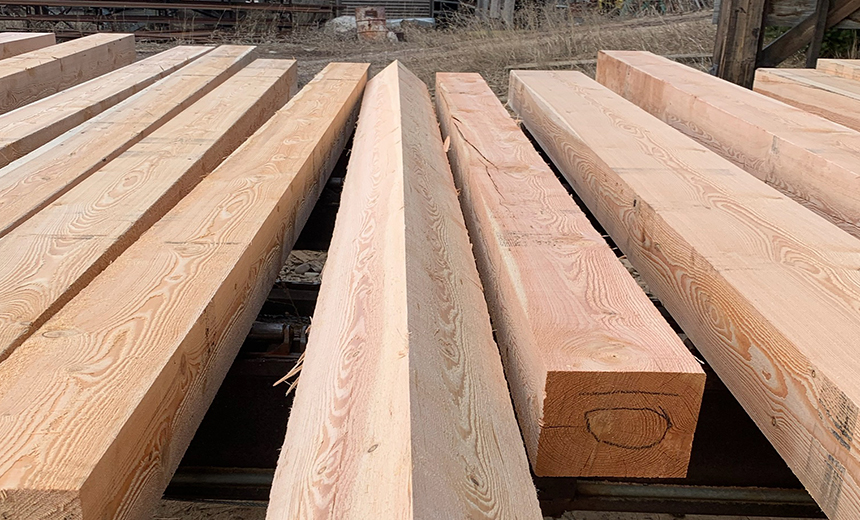Sawn and Structural Timber
Buy Sawn and Structural Timber: A Comprehensive Guide.
Sawn and structural timber are essential materials in construction, furniture-making, and various woodworking projects. Understanding the differences, benefits, and best purchasing practices can help you make informed decisions for your projects.
This guide covers everything you need to know about buying sawn and structural timber, including types, uses, grading, pricing, and sustainability. Additionally, we’ve included a FAQ section to address common questions.
Table of Contents
- What is Sawn Timber?
- Definition
- Types of Sawn Timber
- Common Uses
- What is Structural Timber?
- Definition
- Types of Structural Timber
- Common Uses
- Differences Between Sawn and Structural Timber
- Processing Methods
- Strength and Durability
- Applications
- Grading and Quality Standards
- Stress Grading
- Visual Grading
- Certifications (FSC, PEFC)
- Where to Buy Sawn and Structural Timber
- Local Timber Merchants
- Online Suppliers
- Direct from Sawmills
- Factors to Consider When Buying Timber
- Moisture Content
- Treatment Options (Treated vs. Untreated)
- Sustainability and Eco-Friendly Options
- Cost and Pricing Factors
- Market Trends
- How to Get the Best Deals
- FAQs About Buying Sawn and Structural Timber
- Conclusion
1. What is Sawn Timber?
Definition
Sawn timber refers to wood that has been cut from logs into various shapes and sizes but has not undergone further processing like planing or treatment. It is available in rough or semi-finished forms.
Types of Sawn Timber
- Rough Sawn Timber – Unfinished, with a coarse surface.
- Planed Sawn Timber – Smoothed for better finish.
- Green Timber – Freshly cut, with high moisture content.
- Air-Dried or Kiln-Dried Timber – Moisture reduced for stability.
Common Uses
- Flooring
- Fencing
- DIY projects
- Furniture framing
2. What is Structural Timber?
Definition
Structural timber is specifically graded and processed for load-bearing applications in construction. It must meet strict strength and durability standards.
Types of Structural Timber
- Glulam (Glued Laminated Timber) – Engineered for high strength.
- LVL (Laminated Veneer Lumber) – Made from thin wood layers.
- CLT (Cross-Laminated Timber) – Used in modern construction.
- Treated Structural Timber – Resistant to rot and pests.
Common Uses
- Roof trusses
- Beams and joists
- Wall frames
- Bridges and decking
3. Differences Between Sawn and Structural Timber
| Feature |
Sawn Timber |
Structural Timber |
| Processing |
Basic cutting |
Engineered & graded |
| Strength |
Variable |
High, consistent |
| Uses |
General purpose |
Load-bearing structures |
| Cost |
Lower |
Higher |
4. Grading and Quality Standards
Stress Grading
- Machine Grading – Uses technology to assess strength.
- Visual Grading – Inspected manually for defects.
Certifications
- FSC (Forest Stewardship Council) – Ensures sustainable sourcing.
- PEFC (Programme for the Endorsement of Forest Certification) – Another eco-friendly standard.
5. Where to Buy Sawn and Structural Timber
Local Timber Merchants
- Pros: Immediate availability, expert advice.
- Cons: Limited stock, higher prices.
Online Suppliers
- Pros: Wider selection, competitive pricing.
- Cons: Shipping costs, delayed delivery.
Direct from Sawmills
- Pros: Lower costs, bulk discounts.
- Cons: Minimum order requirements.
6. Factors to Consider When Buying Timber
- Moisture Content – Kiln-dried is best for indoor use.
- Treatment – Pressure-treated timber lasts longer outdoors.
- Sustainability – Look for FSC or PEFC-certified wood.
7. Cost and Pricing Factors
- Wood Type (Pine vs. Oak vs. Hardwood)
- Size and Dimensions
- Market Demand (Seasonal fluctuations)
8. FAQs About Buying Sawn and Structural Timber
Q1: What’s the difference between sawn and structural timber?
A: Sawn timber is basic cut wood, while structural timber is engineered for strength in construction.
Q2: Is structural timber more expensive?
A: Yes, due to additional processing and grading.
Q3: Can I use sawn timber for structural purposes?
A: Only if it’s properly graded for load-bearing use.
Q4: How do I know if timber is sustainably sourced?
A: Check for FSC or PEFC certification.
Q5: Should I buy treated or untreated timber?
A: Treated is best for outdoor use; untreated is fine for indoor projects.
Q6: What’s the best timber for outdoor decking?
A: Pressure-treated pine or durable hardwoods like oak.
Q7: How do I store timber properly?
A: Keep it dry, elevated, and covered to prevent warping.
Q8: Can I buy timber online?
A: Yes, many suppliers offer delivery options.
Q9: What’s the strongest type of structural timber?
A: Glulam and LVL are among the strongest.
Q10: How long does timber last?
A: Treated timber can last 20+ years; untreated may decay faster.
9. Conclusion
Buying the right timber depends on your project requirements, budget, and sustainability preferences. Sawn timber is versatile for general use, while structural timber is essential for construction. Always check grading, treatment, and certifications before purchasing.
By understanding these factors, you can make an informed choice and ensure the longevity of your wood-based projects.
